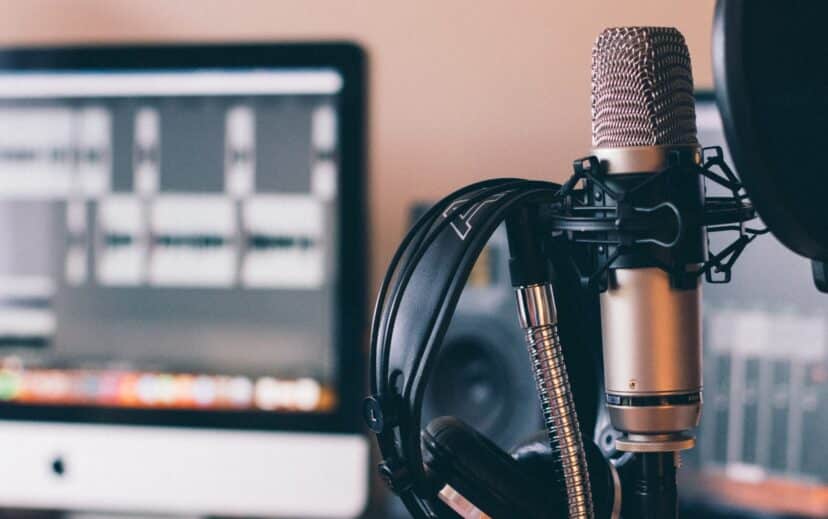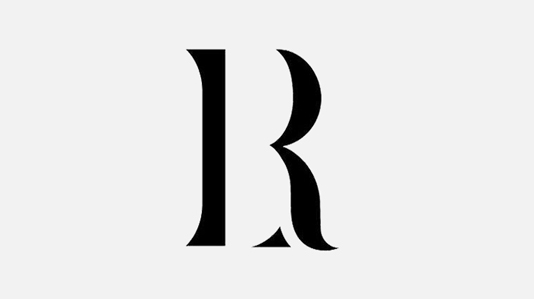A side artist agreement is a contract, typically between the main artist (or sometimes the artist’s label) stating the terms under which a vocalist or instrumentalist is hired to perform on one or more tracks. They are generally one-time employment contracts that establish that the side artist’s performance is a work-made-for-hire for the benefit of the artist or label hiring that side artist. The details of these agreements will vary, but there are a few key elements that should be in place in all side artist agreements. We will walk through the essential terms of a side artist agreement and what each party may try to negotiate for in these relationships.
Essential Elements of a Side Artist Agreement
Every side artist agreement should cover some basic information, including:
- The side artist’s name;
- The artist, label or producer they are collaborating with;
- The title of the composition they are being featured on;
- A description of the services they are providing (e.g., vocalist, guitarist);
- The date and location of the recording session(s); and
- The fee they’re being paid for their services, which is typically a flat fee.
With the possible exception of the compensation for the side artist, these basic elements should not be subject to much negotiation.
In addition to these elements, there are several other commonly featured and critically valuable provisions to include. These may pertain to issues like ownership of the final product of the collaboration; how royalties will be handled; use of sampled materials; the rights to the artist’s name, image and likeness; and the nature of the relationship between the parties, including independent artist status.
Ownership & Works For Hire
An ownership provision in a side artist agreement determines who will own the copyright to the master recording and the underlying musical composition of the track at issue. The party hiring the side artist will negotiate for an ownership provision that deems all of the proceeds of the artist’s services (not just the final version of the track) “works made for hire” within the meaning of the Copyright Act. A solid work for hire provision will also include catch-all language that “assigns” all of the side artist’s contributions to the track to the hiring party in the event that it does not qualify as a work made for hire under the Copyright Act. The hiring party will also negotiate for language that allows the hiring party to exploit the song “throughout the universe” and in perpetuity and to authorize others to distribute and create derivative works of the track. Finally, an ownership provision will commonly ask the artist to waive their “moral rights,” just to cover any claims that may be brought under the law of other countries (like many in Europe) which recognize those rights. Moral rights typically involve the right to receive credit or “attribution” for the artist’s work, certain continuing approval rights over the use of the work and the right of “integrity.”
Royalties
Royalties can be notoriously complex and are often the subject of much negotiation. There are several types of royalties that would typically be addressed in a side artist contract. The first involves songwriter royalties, if the side artist is also a contributing songwriter to the track. In that case, they should also sign a split sheet covering their percentage of the song. However, side artist agreements will often contain a “controlled composition clause,” which states that if the principal (hiring) artist enters into an agreement with a label and that label reduces the mechanical royalties for any songs they write or co-write, the side artist agrees to abide by those mechanical royalty reduction provisions. Side artists are also entitled to public performance royalties when the master recording is streamed payable through SoundExchange, but not broadcast over radio or TV.
Sampling
Sampling music or other sound recordings is not a new development – samples have been incorporated into music of many genres for decades. Parties to a side artist agreement should ensure that if any samples or other materials belonging to a third party are incorporated into the final product, they are done so with the permission of the owner of said materials. Overlooking this provision may put the parties (usually the side artist) on the hook for any claims of infringement brought by the third party owner of those materials.
Personality Rights
Side artist agreements should always include a provision that grants the label or hiring party the right to use the artist’s name, image or “approved” likeness and biographical material for the project. This provision should account for the use of these personality rights in the promotion, advertising, marketing and metadata of records embodying the artist’s performance.
Independent Artist
Finally, it is important to clarify the nature of the relationship between the parties. Side artist agreements will often dictate that the side artist is not an employee of the hiring party and is providing services as an independent contractor. This provision will also often have the artist warrant that they do not have a commitment to another record company or other party that would otherwise conflict with and prevent them from working with the hiring party.
Conclusion
If you are considering hiring a side artist, or if a label, producer or artist has approached you about featuring you on a new project, an attorney can help you review your side artist agreement carefully to ensure that it is favorable and written in accordance with industry standards. Contact us to speak with a member of our team.
Carlianna Dengel is admitted to practice law in New York and California.






